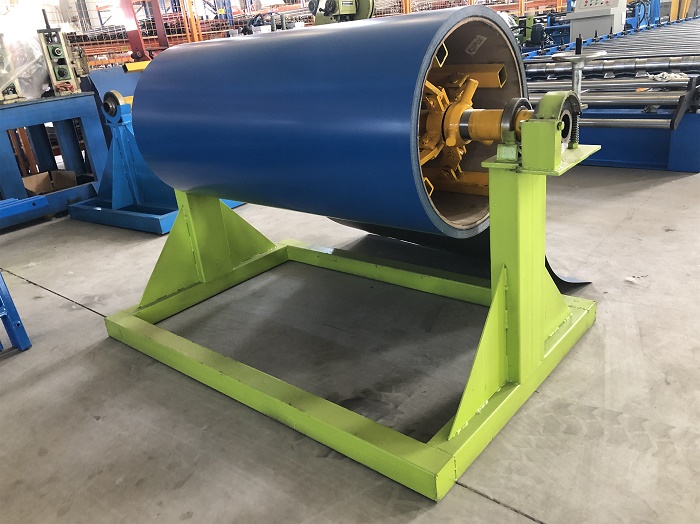Cost Analysis of Standing Seam Metal Roof Machine Options
Understanding Standing Seam Machine Prices Factors and Insights
Standing seam metal roofs are renowned for their durability and aesthetic appeal, making them a popular choice in both residential and commercial construction. As the demand for such roofing systems continues to grow, so does the need for the machinery used to manufacture these panels. Among those, standing seam machines play a crucial role. This article aims to explore the factors that influence standing seam machine prices and provide insights into making an informed purchase.
Types of Standing Seam Machines
Before diving into pricing, it’s essential to understand the types of standing seam machines available. Generally, there are two main categories manually-operated machines and fully automated systems. Manual machines are often less expensive and suitable for smaller projects or those just starting in roofing. They require more labor and effort but can be beneficial for contractors not yet ready to invest in more advanced technology.
On the other hand, fully automated standing seam machines are designed for large scale production. They come with advanced features that facilitate quicker and more efficient manufacturing processes. These machines are considerably more expensive, but the return on investment can be significant for businesses operating at a higher volume.
Factors Influencing Prices
1. Machine Specifications The features and capabilities of the machine largely dictate its price. Machines with advanced functionalities—such as computer controls, higher production speeds, and the ability to handle different materials—will generally cost more. Custom specifications can also increase the price.
2. Brand and Manufacturer Established brands with a reputation for quality and reliability may charge a premium for their equipment. Investing in a reputable brand can sometimes lead to lower overall costs due to less frequent repairs and a longer lifespan.
standing seam machine price

3. Material Compatibility Some standing seam machines can work with a variety of materials (such as aluminum, steel, or copper), while others are limited to specific types. Machines that offer versatility often come at a higher price.
4. Location and Shipping Costs Prices can vary based on geographical location and shipping costs. If a machine is produced in a different country, the total price may include shipping fees, taxes, and tariffs, all of which can significantly affect the final purchase price.
5. Warranty and Support Machines that come with an extended warranty or comprehensive customer support may have higher upfront costs. However, the long-term savings from fewer repairs and greater operational support can justify the investment.
Market Trends and Future Insights
As the construction industry increasingly emphasizes sustainability and energy efficiency, the demand for standing seam roofing is likely to rise. This trend could influence machine prices in the coming years. Additionally, technological advancements are expected to drive prices down for older models while preserving or increasing the value of newer, more efficient machines.
Making an Informed Decision
Before purchasing a standing seam machine, potential buyers should carefully assess their needs and budget. It may be beneficial to compare different models and manufacturers while considering long-term production goals. Additionally, seeking advice from industry professionals and investing time in market research will aid in selecting the right machine at a competitive price.
In conclusion, while standing seam machine prices can vary significantly based on numerous factors, understanding these aspects can help buyers make informed decisions. As the market for standing seam roofing expands, investing in the right machinery can enhance efficiency and profitability for roofing businesses.
-
Roof Panel Machines: Buying Guide, Types, and PricingNewsJul.04, 2025
-
Purlin Machines: Types, Features, and Pricing GuideNewsJul.04, 2025
-
Metal Embossing Machines: Types, Applications, and Buying GuideNewsJul.04, 2025
-
Gutter Machines: Features, Types, and Cost BreakdownNewsJul.04, 2025
-
Cut to Length Line: Overview, Equipment, and Buying GuideNewsJul.04, 2025
-
Auto Stacker: Features, Applications, and Cost BreakdownNewsJul.04, 2025
-
Top Drywall Profile Machine Models for SaleNewsJun.05, 2025








